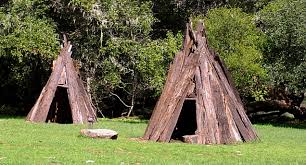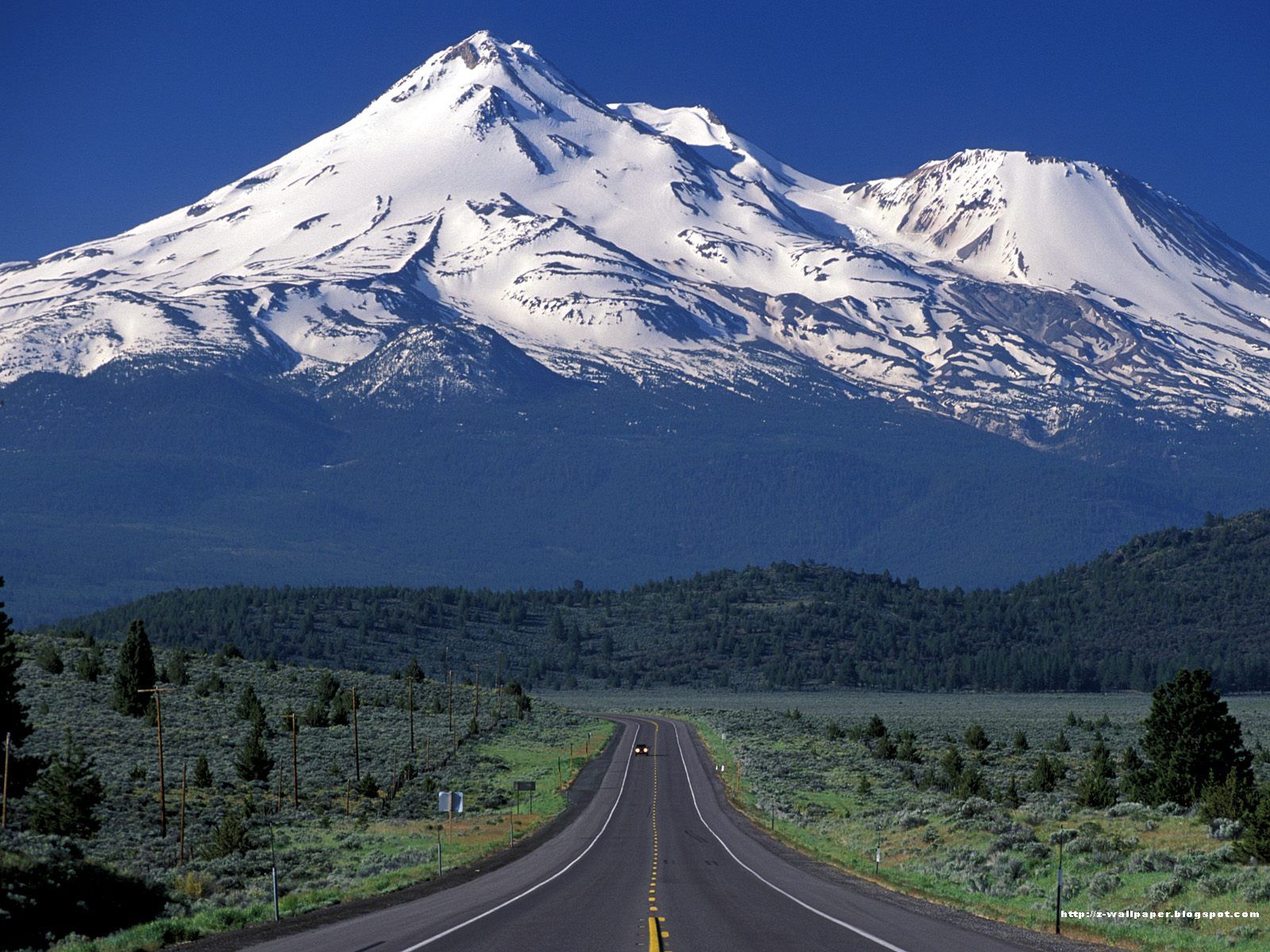WIC Education Programs on California Rancherias and Indian Communities

WIC Education Programs on California Rancherias and Indian Communities
A Three Part Series
By Samuel L. White Swan-Perkins
Part One: Hunger as a Constant Companion
For most Californians, getting access to fresh fruits and vegetables requires a short trip to the grocery store. But say you are a single mother, a California Native American and living in a rural tribal area of the State? Turns out your access to food might not be as simple an experience, when compared with non-Natives. Often time, tribal members across the State must drive in excess of 30 miles to get to a store. 1
So just how is it that such a high number of the States’ residents have such difficulty accessing healthy food?
Before one can fully appreciate the current state of food insecurity in California Native American communities and Rancherias, they must understand how the genocide that occurred in the North State is an anomaly in US history. Only California and Texas governments paid its white residents for the scalps of Native peoples. 2 The State also took a vested interest in the slave trade of Native peoples. In fact, the California Native slave trade was legal or a full two years after Lincoln signed the Emancipation Proclamation. Attacks were not limited to violations on persons’, but on property as well. Countless Native food caches of acorn, amaranth, chia and countless other seeds and edible grasses, along with dried salmon and deer were burned or allowed to spoil, assuming that there was any game to be found.
Given the extreme violence visited on the people, which were in clear violation of Treaty terms and conditions, US Federal courts ruled that repatriations were due. To paint a clear picture of what was going on in those days, consider this quote from Brendan C. Lindsays’ Murder State: California’s Native American Genocide, 1846-1873 “Given that many Euro-Americans thought Indians were animals, it was easy to rationalize killing them as something more akin to killing a pesky animal near one’s home or herd, rather than accepting it as murder of another human being. As the Chico Weekly Courant described it, ‘Nothing but extermination will keep them from committing their depredations. It is a false notion of humanity to save the lives of these red devils. There should be no prisoners taken, but a general sacrifice made of the whole race’ “.
Fast forward a few generations and it should come as no surprise to researchers and scholars that many Native Americans are leery of the doctors, hospitals and the overall infrastructure that is the glue of our healthcare system. 3 Many are hesitant to talk with outsiders, even with Native Americans from other areas in the United States . This fear is intergenerational and not without good cause; many a Native has been exploited by less than golden hearted journalists and researchers. There are even documented cases of food benefits being retracted by government agencies when Natives have discussed their experiences with scholars. Apparently, when food is difficult to come by, people will take extraordinary measures to protect it.
It’s important to note that California and Native California are often two very different places; The median household income of AIAN in California was lower than the median household income of non-Hispanic Whites (Whites). The AIAN median household income was $44,498 (Margin of Error +/- $1,419) while the median household for Whites income was $71,226 (Margin of Error +/- $256). 4 Given the financial statistics, less money obviously means less access to food resources. Access to healthy food choices is nearly impossible. This is where access to WIC is critical for Native American families. According to the 2015 California Health Profile, AIAN received food stamps at a higher rate than non-Hispanic Whites (Whites). Between 2009- 2013, approximately 15% of AIAN received food stamps, while only about 4% of non-Hispanic Whites (Whites) received food stamps. 5
In order to combat the food insecurity issues on rancherias and reservations across the US, the United States Department of Agriculture (USDA), under the auspices of the Bureau of Land Management (BLM), works with Internal Tribal Organizations (ITO) to organize Tailgate Distribution Programs. These ITOs work within a given tribe to manage food distribution for tribal members and works like this; tribal members come into town to receive their issue. A large refrigerated truck is parked nearby and food is distributed out the back of the truck in brown paper bags. Food distribution day is a day to look forward to; it gets folks out of the house and interacting with other community members. Tribal staff often take advantage of the day and offer informal health screenings, nutrition classes or events with local celebrities to encourage health practices among the people. The goal is to provide and then encourage healthy choices within the food distribution system.
These days, folks in an anonymous small community in Northern California are leading the pack insofar as seeing statistics match up with goals that are set by tribal health staff in advance of the events on food distribution day. These stats end up in reports used by health professionals to track the wellness of individual communities. According to the stats collected there, the population is currently leading the State insofar as the success of Wellness and Nutrition programs are concerned. Somewhere near Mount Shasta, a Native community stepped up to direct their wellness programs. These programs, specifically designed to educate the tribes Diabetic population, had astounding results. The percentage of community members living with diabetes and completing a basic Standards of Care increased from 3% to 70%.
And what do the professionals cite as a primary reason for this upswing in healthcare consciousness? Simply put, education. WIC has determined that when provided with culturally relevant educational materials, tribal members will implement the lessons into their health regime. In the next article, we will focus on the most successful of these programs and why they have such a positive impact.
- This article was produced as a project for the USC Center for Health Journalism’s California Fellowship.
- Samuel White Swan-Perkins’ reporting on WIC Education Programs on California Rancherias and Indian Communities was undertaken as a USC Center for Health Journalism California Fellow.
- Samuel White Swan-Perkins wrote this story while participating in the USC Center for Health Journalism‘s California Fellowship.
Citations:
1 (American Nutrition Association Nutrition Digest, vol 38 Number 2)
2 Coffer, William E. “Genocide of the California Indians, with a comparative study of other minorities.” Indian (The) Historian San Francisco, Cal. 10, no. 2 (1977): 8–15.
3 The Barrier of Fear: An Ethnographic Interview About Native American Health Disparities Brown, Dawson The Permanente Journal 2007 Winter; 11(1): 62–64.
- Pg 18, California CHP 2015, California American Indian/Alaska Native Community Health Profile, Produced by:California Tribal Epidemiology Center, California Rural Indian Health Board, Inc.
5 Pg 19, California CHP 2015, California American Indian/Alaska Native Community Health Profile, Produced by:California Tribal Epidemiology Center, California Rural Indian Health Board, Inc.






